Industrial Filters Factsheet
Designed for industrial use, the work protection filter effectively reduces high frequency noise to allow for a longer, safe exposure time.
Unlike other hearing protection such as foam earplugs, it does not ‘over-dampen’ lower frequency noise, allowing the user to converse & maintain communication ability whilst in-use.
Incorporated in Snugs custom-fit hearing protection, 100% compliance through all day use is guaranteed.
Noise exposure: Work Environments & Tools
The workplace and at-home DIY tools can produce loud, damaging noise. If you are exposing your ears to over 80dB for a prolonged period of time, then it is imperative to wear hearing protection to prevent damage. If you are unsure of the noise level in your environment, use a Sound Level Meter to measure your dB exposure.

Safe noise exposure times
In the workplace, it is a legal requirement to provide hearing protection for employees who are exposed to noise above 85dB. The louder the environment, the shorter the safe exposure time.
By using custom fit hearing protection with a Snugs Work 25 Red Filter, you increase the safe exposure time, making it an essential piece of PPE in the workplace as well as at home.
|
Noise Level |
With Snugs |
Without Snugs |
| 115 dB | 2 hrs | 30 sec |
| 112 dB | 4 hrs | 1 min |
| 106 dB | 8 hrs | 4 min |
| 100 dB | All day | 15 min |
| 95 dB | All day | 47 min |
| 90 dB | All day | 2 hrs |
| 85 dB | All day | 8 hrs |
How it works
Industrial noises have a tendency to be louder at higher frequencies. Snugs work filters have been designed to provide relatively flat dampening (attenuation) to remove low frequency noise and therefore aid speech communication, with progressive reduction above 4 kHz to remove damaging high frequency sounds.
Our industrial filters ensure the user has a constant air flow into their ear, minimising the occlusion effect and reducing chance of irritation in the ear canal. Used in Snugs custom fit hearing protection, comfort is guaranteed.

Attenuation levels:
The attenuation data shown in the table above is calculated according to CE norm EN-352-2 by ISO 4869.2 for high (H), medium (M), low (L) frequency level and as the single number rating (SNR). NRR is calculated according to standard ANSI S3.19-1974.
When used in Snugs custom fit hearing protection, the level of attenuation can vary depending on the individual. A custom fit provides the perfect canal seal, meaning when the filters are incorporated into a Snug, the user can achieve higher levels of attenuation than in the data above.
|
Filter |
High |
Med |
Low |
SNR |
NRR |
| Work 30 • Purple | 26 | 23 | 23 | 26 dB | 17 dB |
| Work 25 • Red | 23 | 22 | 21 | 24 dB | 16 dB |
| Work 20 • Yellow | 22 | 20 | 18 | 22 dB | 14 dB |
High = High Frequency Noise (dB)
Medium = Medium Frequency Noise (dB)
Low = Low Frequency Noise (dB)
Why use filters?
Tinnitus
1 in 7 people in the UK are living with Tinnitus. 35% of people reported developing Tinnitus after exposure to louse noise. Chris Martin, Coldplay: “I’ve had tinnitus for about 10 years, and since I started protecting my ears it hasn’t got any worse - touch wood. Looking after your ears is unfortunately something you don’t think about until there’s a problem. I wish I’d thought about it earlier.”
Hearing loss
Around 1.1 billion young people are at risk of noise induced hearing loss due to unsafe listening practices. The rise of personal listening devices including headphones are a contributing factor, as well as inadequate hearing protection in nightclubs and at live events.
Sustainability
More than 1 billion foam earplugs end up landfill each year. Switching to custom fit, re-usable silicone earplugs reduces waste. Made from a hypoallergenic silicone which is easy to clean.
